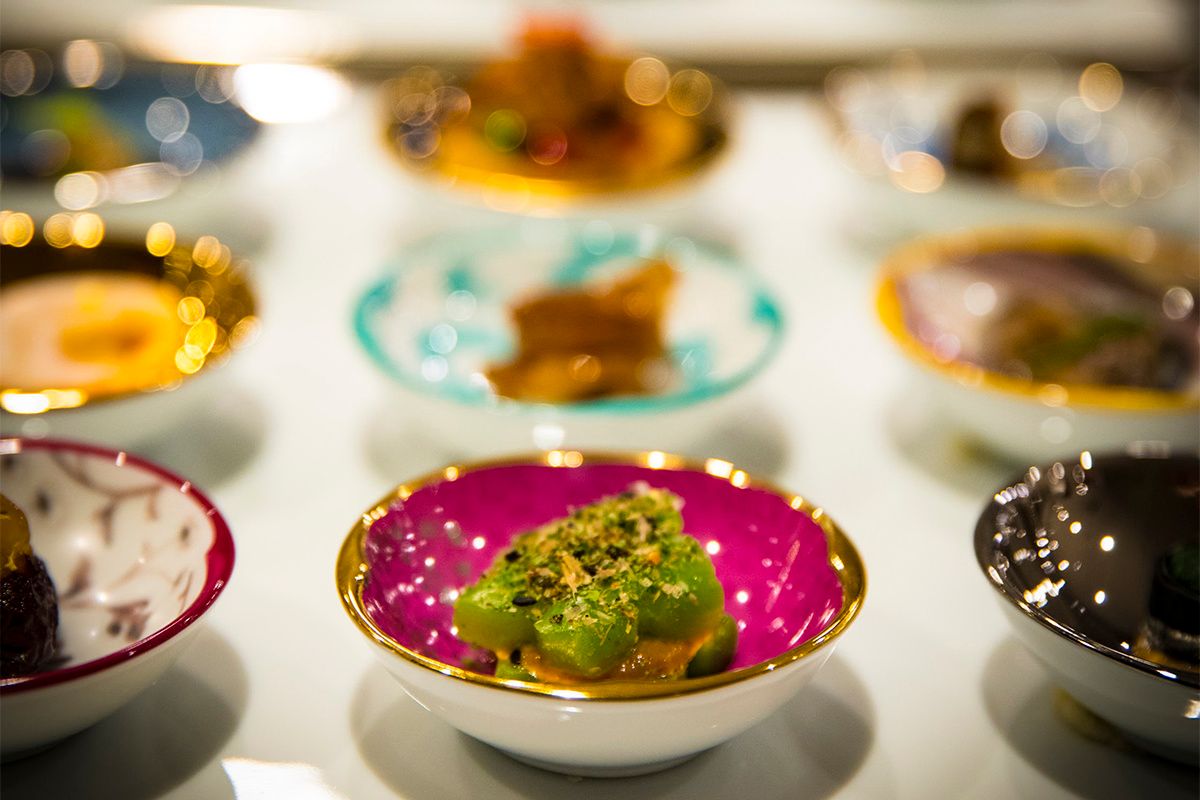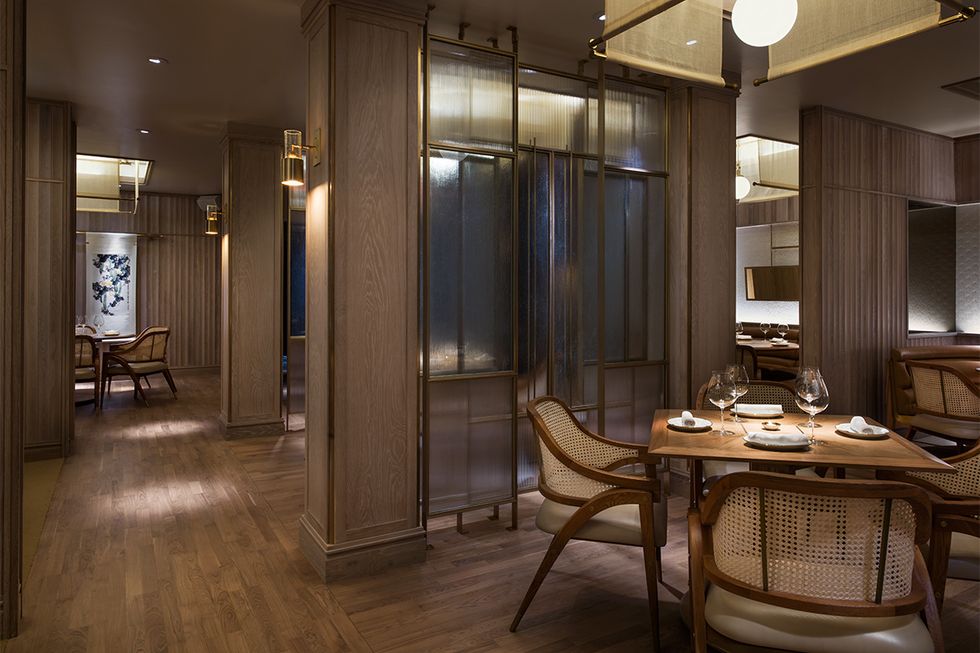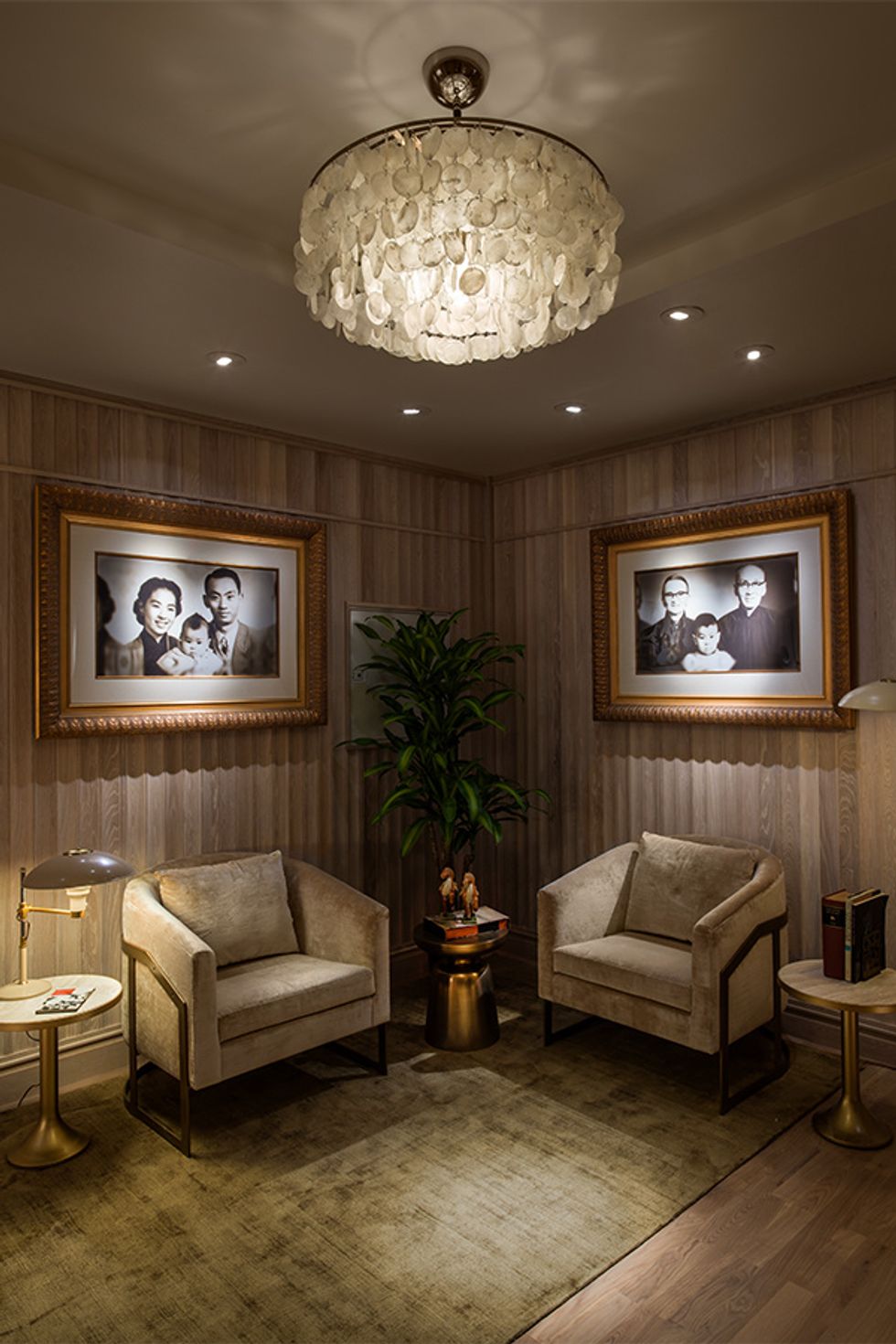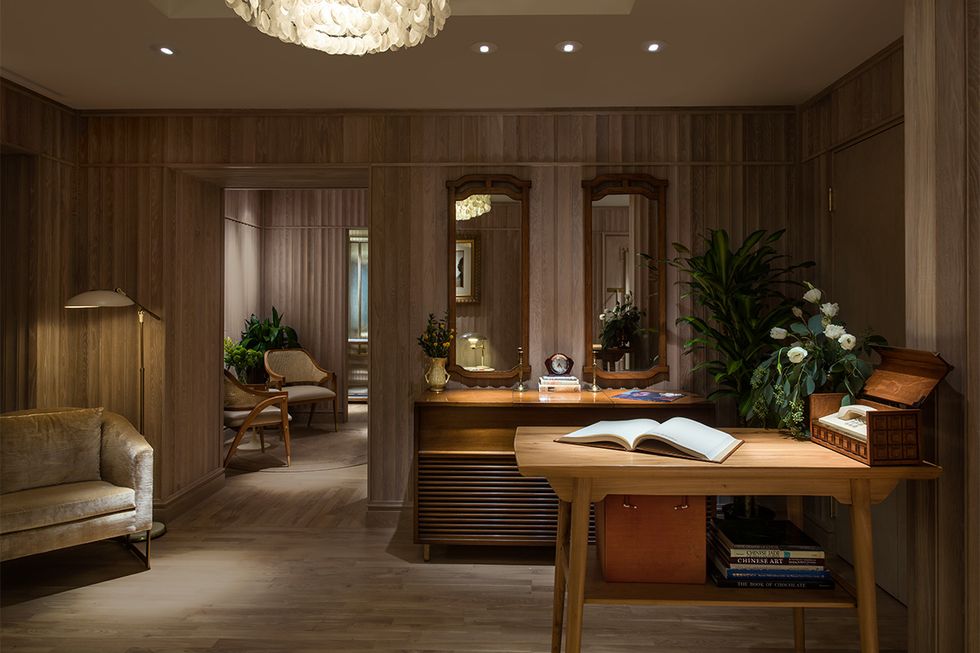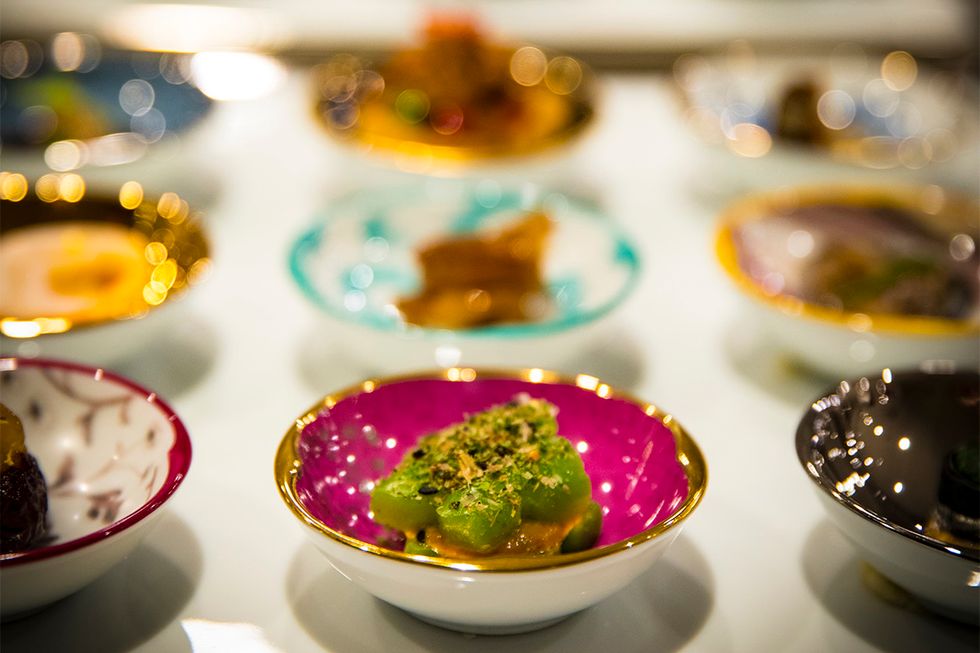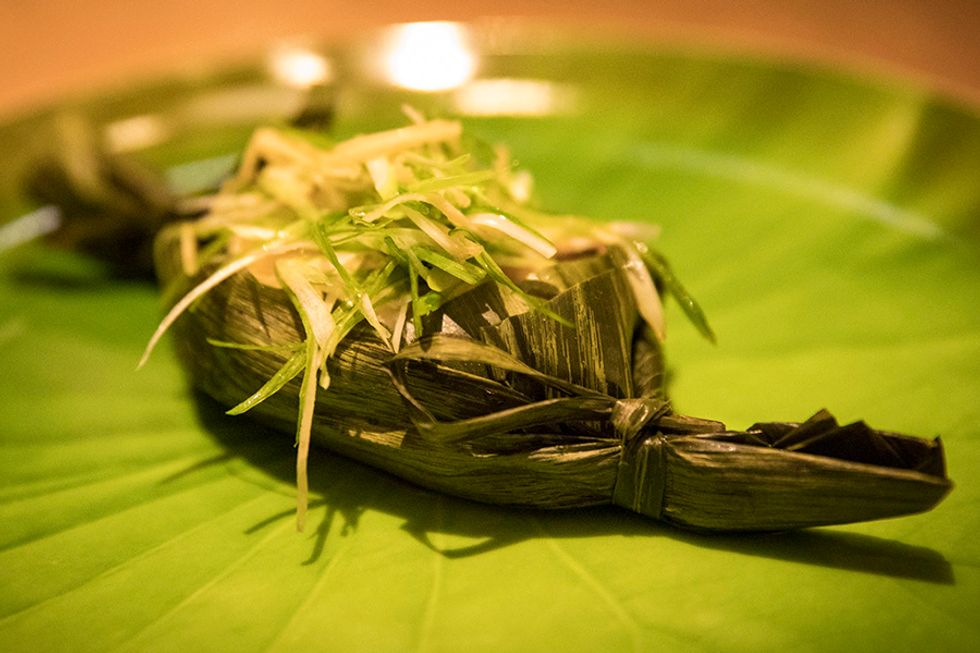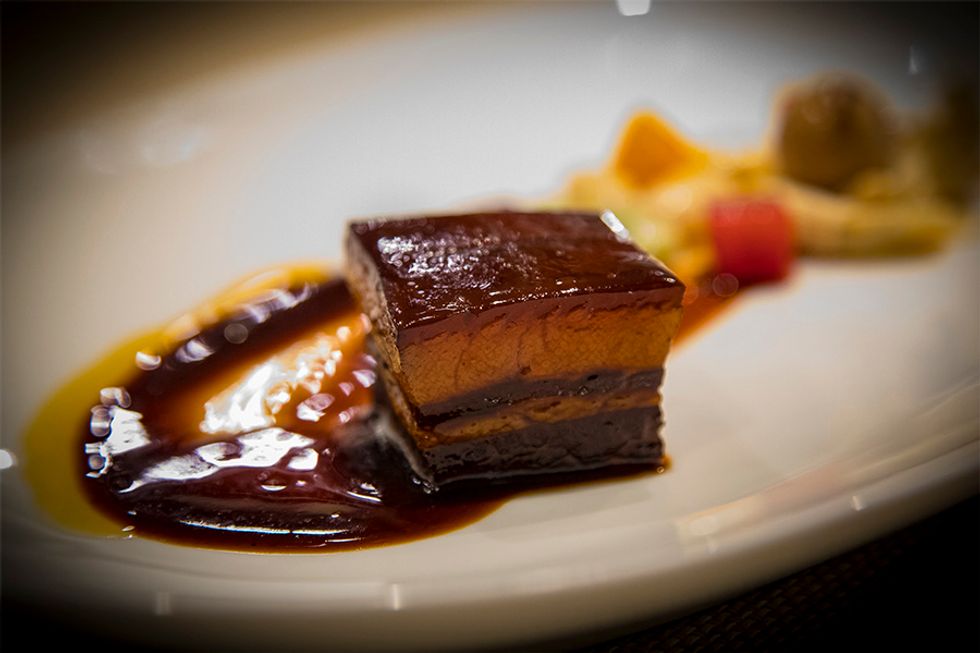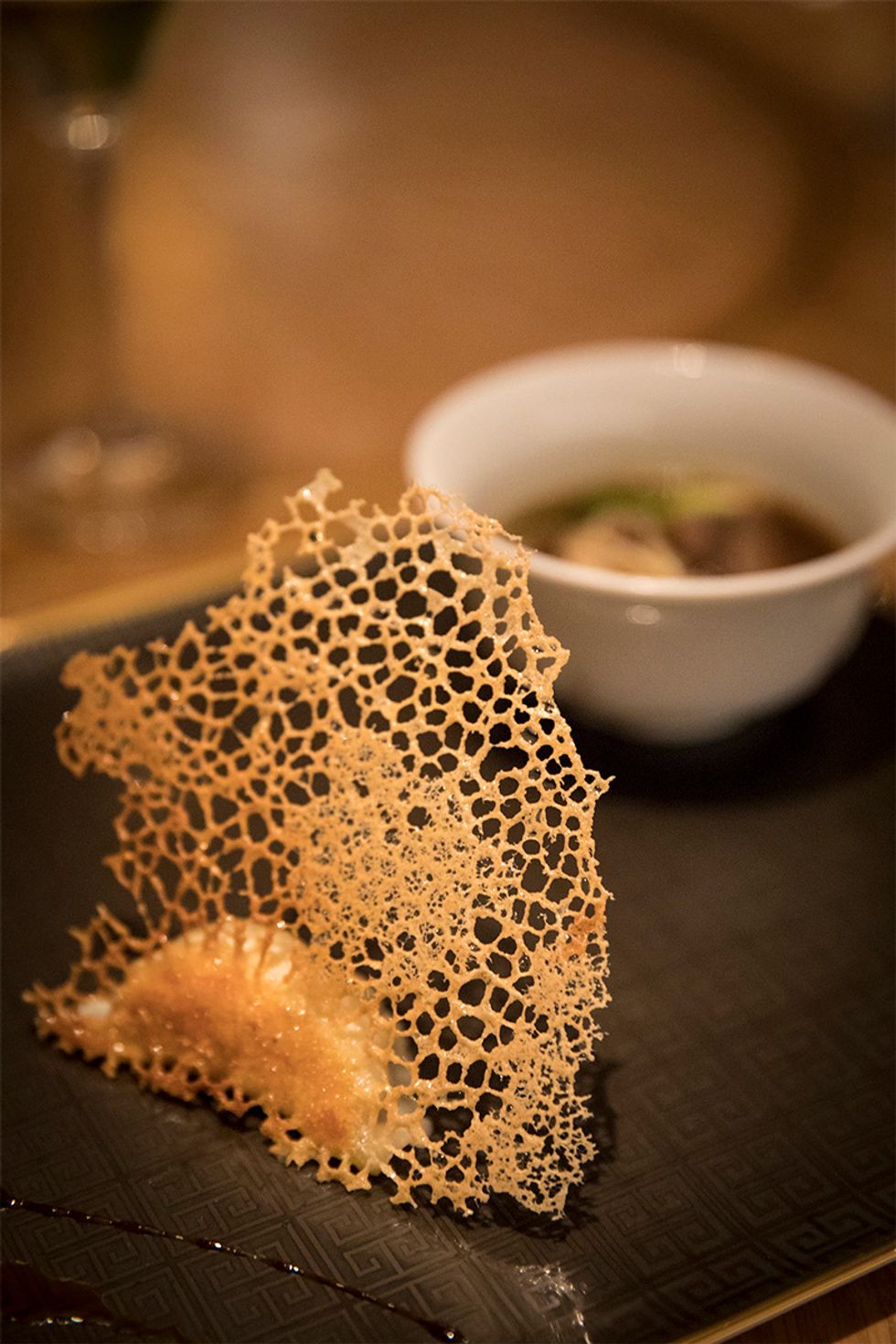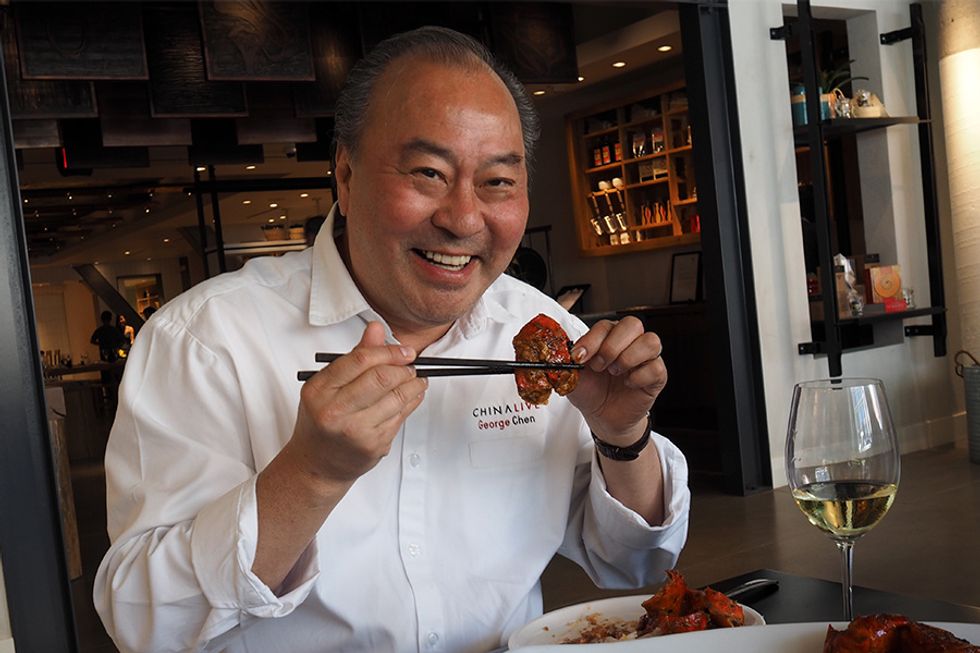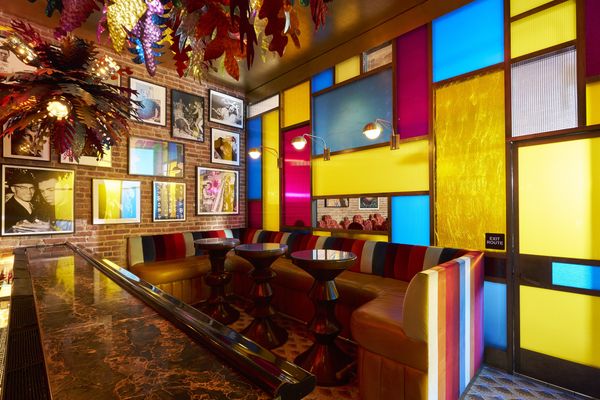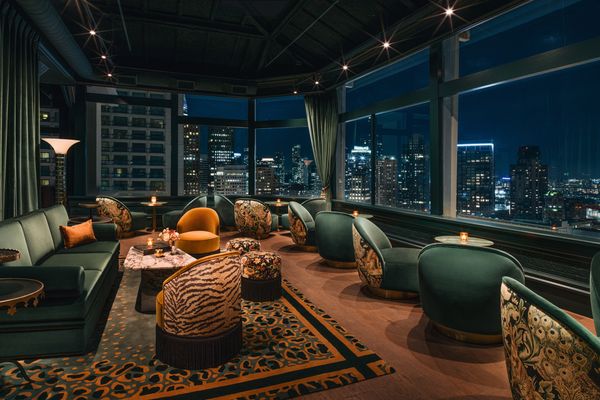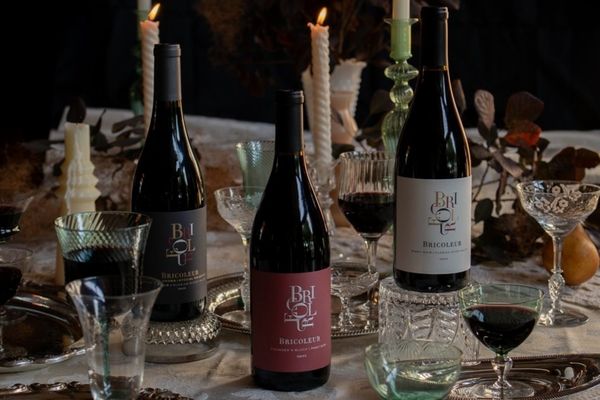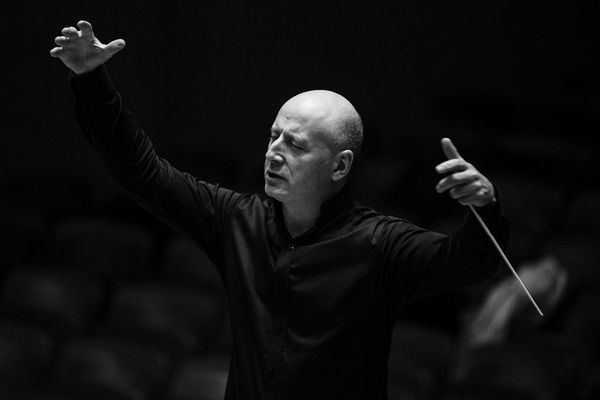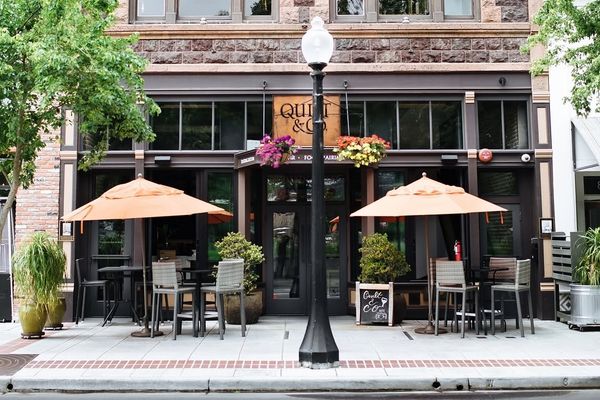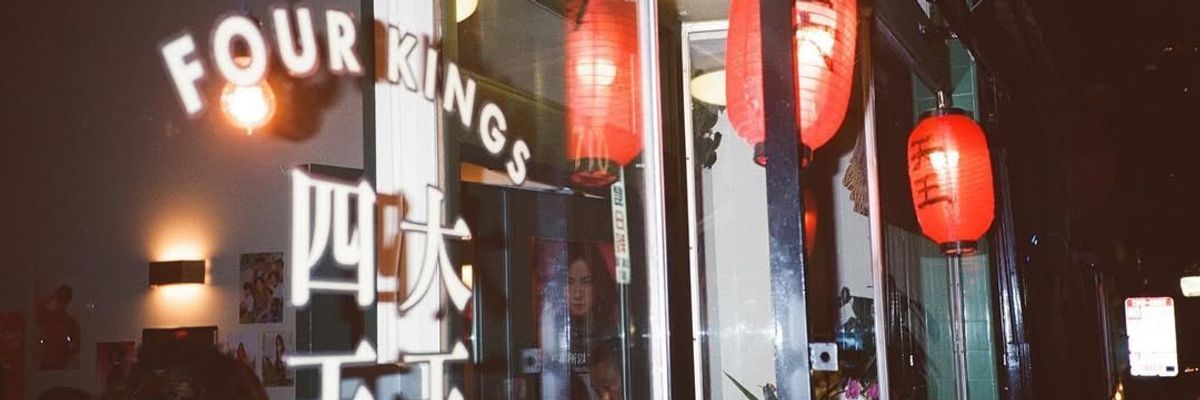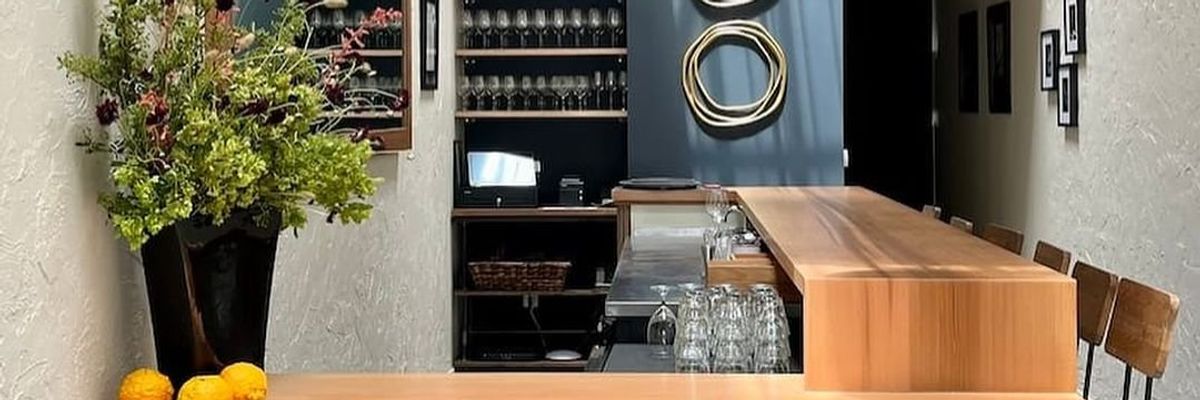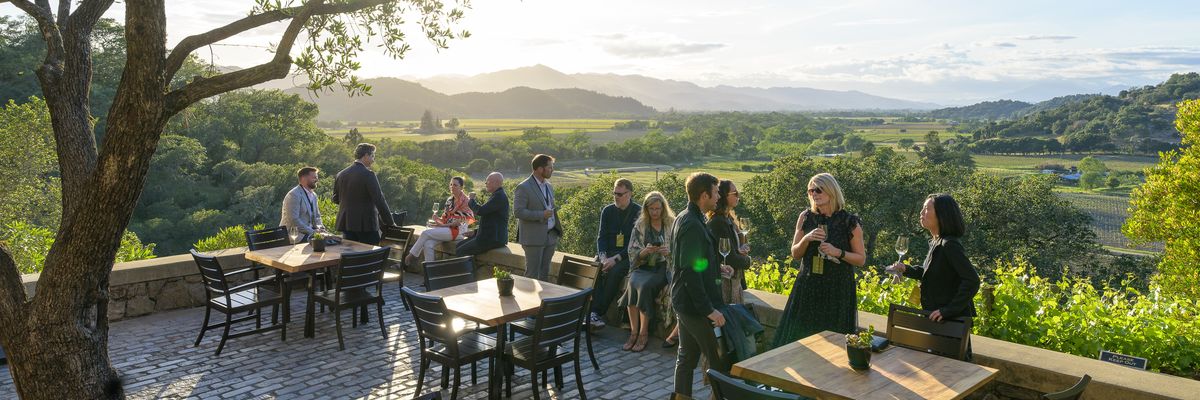In the week or so following a dinner at Eight Tables, the five-month-old restaurant at China Live—the culinary and cultural destination that opened last March in Chinatown—I found myself struggling somewhat to sum up the experience for my friends.
If I had to put a finger on it, I suppose I'd say that the difficulty of describing Eight Tables to someone who hasn't eaten there is not entirely unlike the difficulty of describing the flavor of a Sichuan peppercorn to someone who's never tasted a Sichuan peppercorn. Because just as Sichuan peppercorns aren't true peppercorns—in fact, they're the dried rinds of the fruits of trees in the citrus family—Eight Tables isn't modeled on a restaurant in the traditional sense of the word, but rather, on a Chinese dining phenomenon known as si fang cai.
Nor does the food at Eight Tables resemble the kind of food you typically find at Chinese restaurants in the U.S. so much as it resembles the kind of food you might have enjoyed had you lived in China during the Song Dynasty. Until recently, I knew nothing about si fang cai or the cuisine of the Song Dynasty, deficits remedied in the course of a conversation with Eight Tables' owner, executive chef, and China Live cofounder, George Chen.
At Eight Tables, and more broadly at China Live, which he founded with his wife and longtime business partner Cindy Wong-Chen, George Chen is not simply serving food; he's serving as a kind of culinary-cultural ambassador. In a way, it's a perfectly natural role for Chen, who was born in Taiwan, the son of a career diplomat, and the grandson of a provincial governor in mainland China.
"I spent my first 10 years in Taiwan," said Chen. "Being in a diplomatic family," he added, with a degree of understatement, "I got to see some food." When Chen was 10, his family moved to Los Angeles, where his father was posted. When his father was sent back to Taiwan, Chen, then 15, stayed in L.A. with his mother. "Back in those days," said Chen, "even though we came from a privileged family, I started working to help with expenses." By the time he completed high school, he'd worked in a dozen restaurants, all of them Chinese. And while he worked in the front of the house, his waiter's-eye view of the kitchen afforded an intensive education in techniques and ingredients. Before Chen left Los Angeles to attend UC Berkeley, the L.A. Times food critic Lois Dwan wrote a front-page story about the enterprising waiter, praising his knowledge of Chinese cuisine and its flavors in all their complexity.
After college, Chen thought his restaurant days were over, immersing himself instead in the world of finance. But in 1995, inspired by the diversity of the street food he encountered on travels in Asia, he opened Betelnut in Cow Hollow, the first of 16 restaurants in a group that would eventually stretch from San Francisco to Shanghai. In many ways, Eight Tables is his most ambitious.
"I always wanted to do fine dining," said Chen, "a real farm-to-table place, and to show that Chinese food is as worthy as any other cuisine." Rather than elaborating on familiar Chinese-American dishes, or taking the path of fusion, he continued, "my ambition was to create exceptional food that was based in cultural history." For inspiration he turned to the Song Dynasty (960-1279), a period of unprecedented industrial and economic growth in which dining etiquette was codified by imperial decree, and literati-gourmands such as Ouyang Xiu assiduously recorded the joys of elaborate culinary rituals.
The interior design of Eight Tables, meanwhile, alludes to the contemporary phenomenon si fang cai—literally, "private chateau cuisine"—in which well-to-do Chinese hire a chef to cook for a group in their home rather than splashing out at a high-end restaurant. "It's like you're a guest at Chen Manor," said Chen. "I want people to enjoy themselves, relax, and be open to the experience."
On a mid-March evening, the experience began with a flute of Perrier-Jouët's bright and delicately sweet Blason Rosé, and as would have been mandatory in the Song Dynasty, cold appetizers, in this case, jiu gong ge, a grid of nine morsels representing the nine essential flavors of Chinese cuisine, from the complex sweetness of a date stuffed with glutinous rice, chrysanthemum honey and honey locust seed; to the peculiar numbing sensation of five-spice pressed tofu marinated with green Sichuan peppercorns; to the intense freshness of a scallop garnished with a thin cut of black truffle. The jiu gong ge was followed by a four happiness caviar dumpling whose paper-thin walls neatly segregated enticing bites of buttery-salty Osetra caviar; trout roe whose bubbles burst with a bright saline splash; ludicrously creamy Santa Barbara uni; and once again, impeccably fresh, wonderfully tender scallop.
My dining partner for the night, a friend with a near-Olympian enthusiasm for drink and food, helped sway me in favor of the wine-and-cocktail offering rather than the traditional wine pairing. A contributing factor in the decision was the fact that Eight Tables' beverage director is Anthony Keels, an alchemist whose inspired inventiveness caught the attention of the Michelin Guide while he was managing the bar at Saison. The first of Keels' creations, Guanyin's Cup, was an intriguing elixir made with vodka, which he seasoned with wok-grilled rice to impart a sake-like flavor and viscosity. As it slowly warmed in a small, rounded cup made of Siberian cedar, the vodka's caramelly toasted rice aroma gradually intensified.
Next on the tasting menu, shao kao (barbecue), among its charms a crisp-crackly-savory shard of Peking duck skin topped with a dab of caviar; some deliciously sweet-sticky-chewy sesame-studded caramelized shiitakes; and a delicately savory one-bite siu yuk mini sandwich, a delectable little cube made up of layers of pork belly, white toast, pickled cucumber skin with a dash of hot mustard and bean sauce, and crispy pork belly skin. An outstanding lambrusco from Cavicchioli, a small producer in the province of Modena, was a perfect foil, its fine black currant and red licorice astringency cutting neatly through the shao kao's fatty richness.
If I was feeling slightly buzzed by this point, it wasn't just the drinks. The interior of Eight Tables exerts a pleasantly bewildering effect of its own, the product of a synergy between a soothingly uniform pallet of muted colors—from the pale, scalloped wainscoting to the light-toned carpets and creamy leather banquettes—and a likewise uniform grid of eight semi-private alcoves, which, as you peer out from your own into the others, creates an impression somewhat akin to that of being in a hall of mirrors.
The heightened atmosphere, however, never overshadowed the food, whether the upside down sizzling rice soup with poached lobster, sea grapes, abalone and bottarga, whose aromas called to mind a cornucopian tide pool; luxuriously unctuous slow-cooked pork belly, an homage to a recipe created by the Song Dynasty poet Su Dong-Po; or oil-poached velvet Dungeness crab whose impossibly creamy texture called to mind a similarly life-changing dish of scrambled eggs I encountered not long ago at Restaurant Joël Robuchon in Monte-Carlo.
Whether Chen is a virtuoso on par with the French master, I'm not qualified to judge, but I imagine Robuchon would be hard pressed to make a formerly dried sea cucumber (a worm-like echinoderm) as appetizing to a novice as Chen did, by gently rehydrating it for three days, stuffing it with a rich shrimp mousse, and slow-braising the confection in a covered wok, allowing the sea cucumber's primordial funk to mingle with the more familiar flavors of the shrimp. Tasting a sea cucumber is one thing, acquiring a taste is another, but the fact that my plate returned to the kitchen scrupulously clean is a testament to the skills of a chef with a rare gift for culinary diplomacy.
// 8 Kenneth Rexroth Place (Chinatown), eighttables.com



